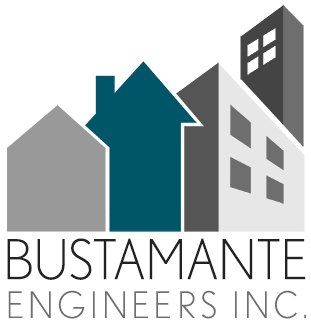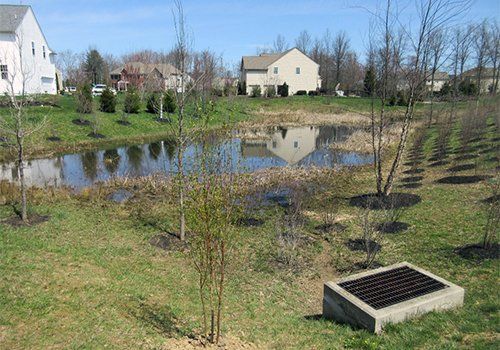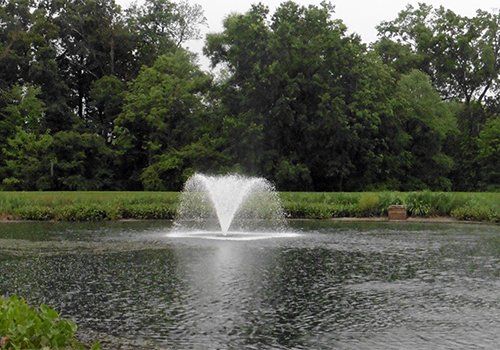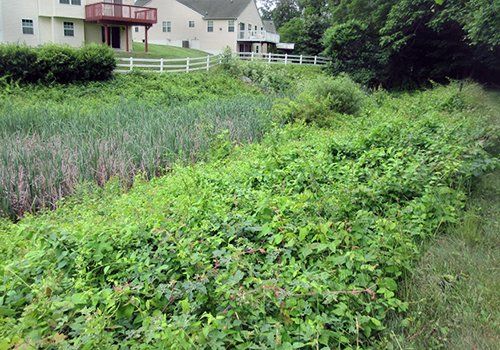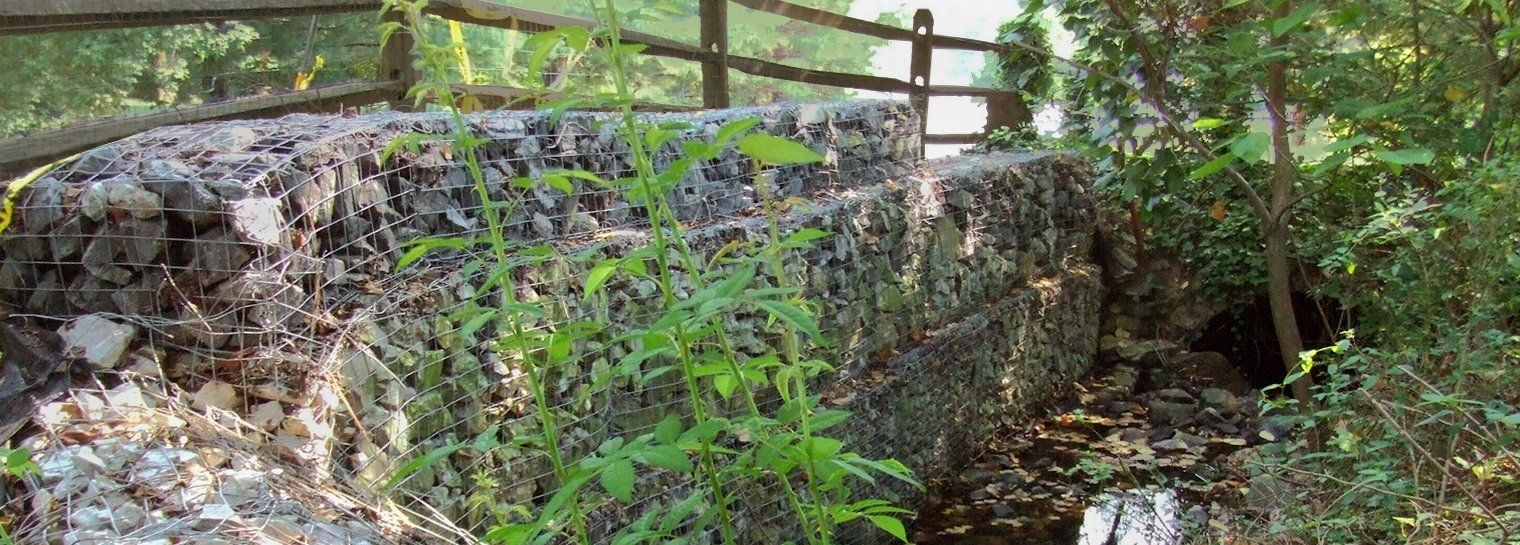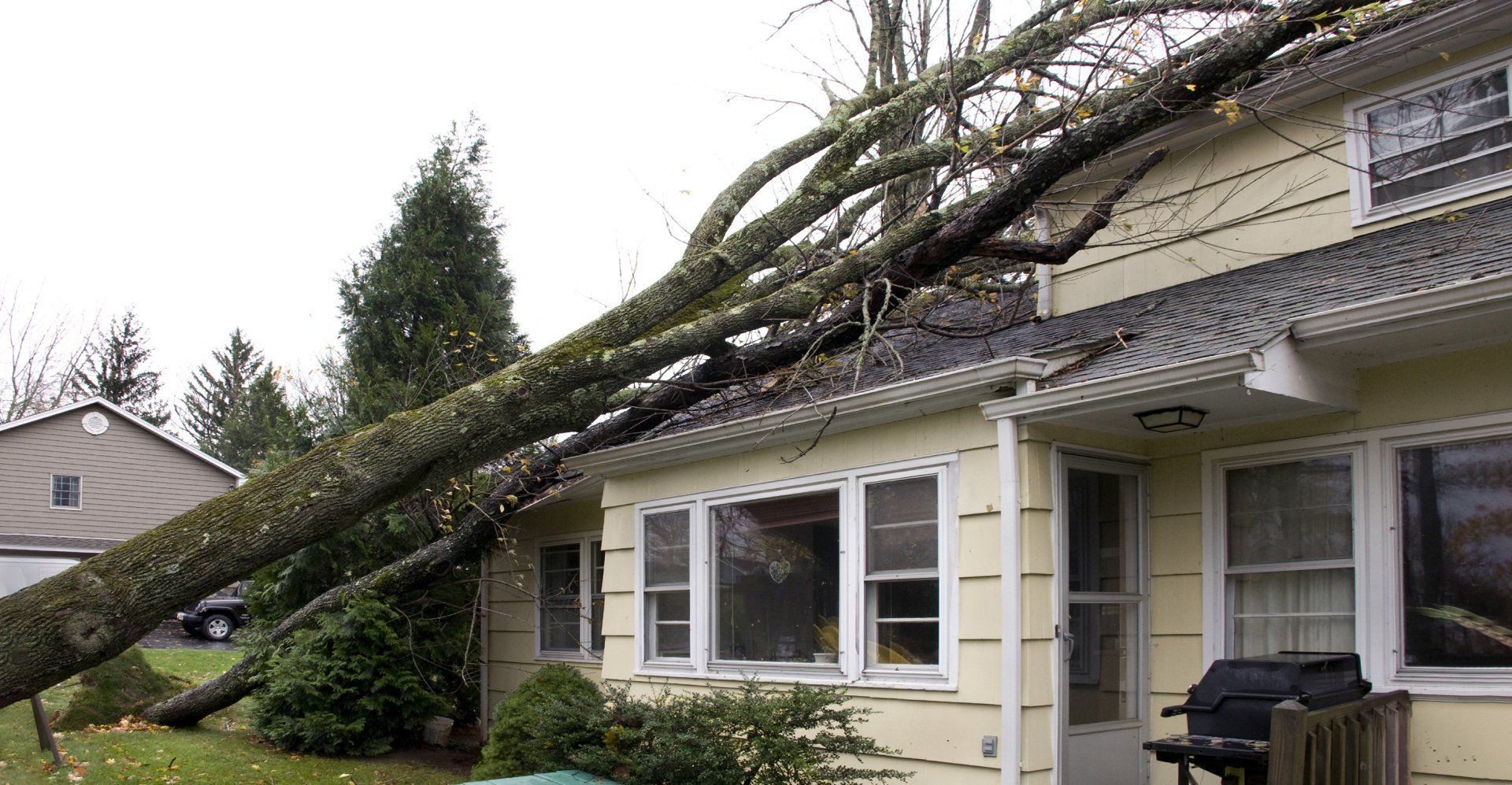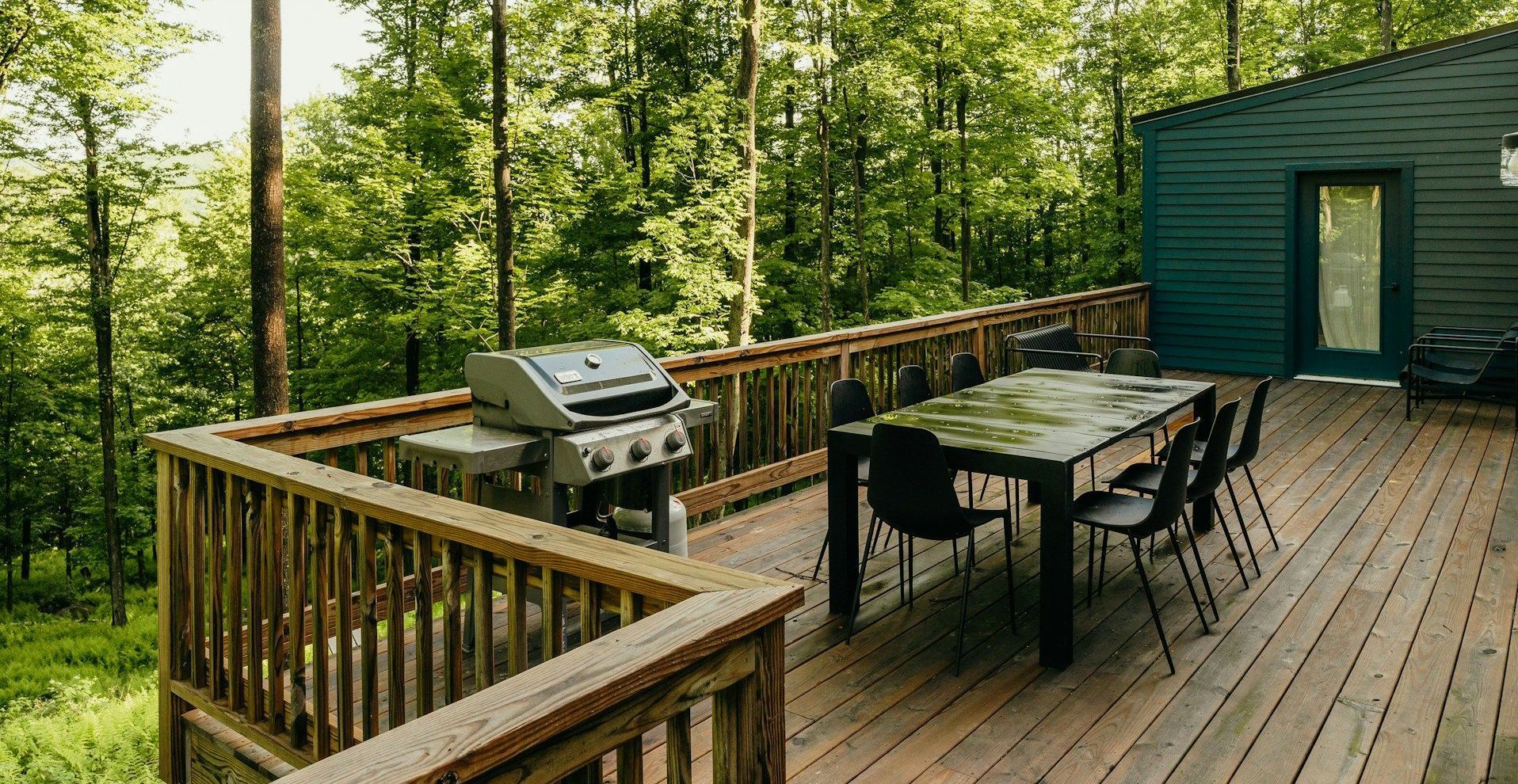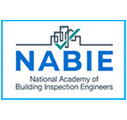STORMWATER MANAGEMENT BUCKS COUNTY, PA
Retention & Detention Management Basins - Build 'em and Forget 'em?
Minimize downstream stormwater impact from residential and commercial development.
Let’s talk about why stormwater management is required. In 1978, Pennsylvania adopted The Stormwater Management Act (ACT 167) in response to increased stormwater runoff. The Act was written to minimize downstream impact from residential and commercial development. When natural, undisturbed earth is developed, much of the space is converted to impervious surface. An impervious surface, including items such as roads, roofs, or sidewalks, do not allow water to drain into the soil and thus increases the amount of stormwater runoff. Common practice is to prevent the stormwater runoff from traveling off the developed site, making detention or retention basins necessary.
New Stormwater Terms Now Exist
Over the last 10 to 15 years, Act 167 has been amended, and through these amendments, has become more stringent. Any new development is required to promote ground water infiltration (also known as Best Management Practices or BMPs) in addition to restricting the rate of stormwater to predevelopment conditions. Instead of detention basins, there is interest in bio retention, rain gardens, and infiltration berms. Much of this new infrastructure has post-construction regulations for maintaining them.
Protect the Environment with Regular Inspections
Overall, stormwater facilities are needed to protect the environment and prevent downstream flooding, but without proper maintenance, they can be a liability risk. You can mitigate this risk by performing inspections at least two times per year and after intense rainstorms.
Typical items to look for during inspection:
- Invasive vegetation, trees, briars
- Holes in and around the berms
- Trash and debris buildup around outlet structures
- Excessive sediment
- Water ponding 72 or more hours after rainfall
- Damage to concrete structures

